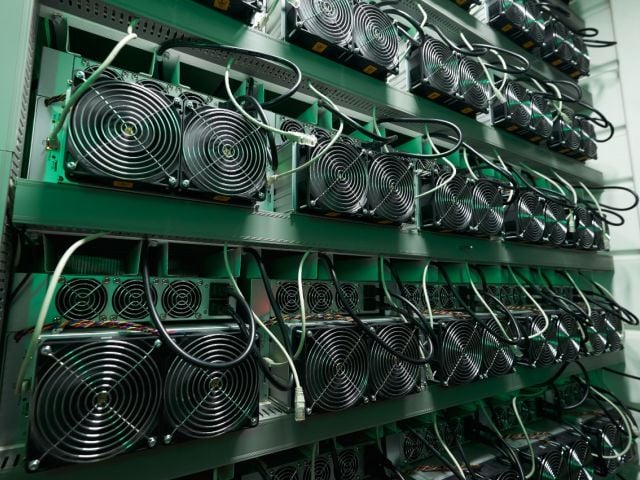SAN FRANCISCO – Pacific Gas & Electric executives are looking to sell to Wall Street investors about half the utility’s non-nuclear electricity generation capacity. The sale would take place via a new subsidiary in a move that highlights the folly of PG&E’s misguided business model.
The sale, reported by T&D World, will raise funds to cover the exceedingly high costs of PG&E’s flawed bid for burying transmission lines to avoid fires while clinging to an outdated, centralized business plan that only profits investors and executives. The same plan seeks to minimize cost-saving, customer-owned solar plus storage at the local level and hikes electricity bills for hard-working families.
“With this plan to sell off such a large portion of its non-nuclear subsidiary to Wall Street, PG&E is admitting just how expensive and misguided its business model is,” said EWG President and Bay Area resident Ken Cook.
“The smarter, more resilient and affordable approach would be for policymakers to prioritize a decentralized electric system based on customer-owned solar plus storage, energy efficiency and demand response. Such investments could avoid billions in transmission and distribution system upgrades and would benefit all ratepayers financially and boost the state’s economy,” said Cook.
On September 28, investor-owned PG&E filed an application with the California Public Utilities Commission, or CPUC, to establish Pacific Generation LLC. The new company would be a subsidiary housing PG&E’s non-nuclear power generation capacity and infrastructure.
PG&E CEO Patti Poppe and other top executives intend to sell a 49.9 percent minority stake in the new LLC to investors by the end of 2023, according to T&D World.
During a recent presentation for investors, PG&E officials said creating the LLC will enable the company to fund transmission and other infrastructure needs without having to issue new stock and dilute current investors, T&D World reported.
One of the biggest costs facing PG&E is its plan to bury transmission lines. The plan is a bid to avoid the catastrophic and deadly wildfires its poorly maintained power infrastructure has caused for decades.
Last year’s Dixie Fire, sparked by a damaged PG&E transmission pole, torched nearly 1 million acres, destroyed hundreds of homes and forced more than 26,000 people to evacuate. In the aftermath, the company pledged to bury 10,000 miles of lines that could cost around $30 billion – money it needs the LLC sale to fund the project.
“PG&E has been rewarded instead of punished for the thousands of acres it’s burned and scores of people it’s killed,” said Cook. “We need new policies that include customer savings and safety benefits, but we are stuck with the same expensive, unreliable power system that enriches investors while putting the rest of us at risk.”
The LLC plan is just the latest in a series of seemingly never-ending missteps by PG&E that do nothing to cut ratepayers’ bills or fight the climate crisis.
In another alarming move, PG&E and California’s other two largest utilities are asking the CPUC to scrap incentives for the state’s popular rooftop solar program and impose new fees on the vital clean energy source. Because it’s their only competition, the utilities are attacking solar while they continue their flawed focus on nuclear and fossil fuels.
The CPUC proposed to approve the solar plan in December 2021 but then reconsidered the move after massive public outcry from environmental justice, clean energy and affordable housing advocates, residents and more. The commission is expected to issue its new proposal in the coming days.
###
The Environmental Working Group (EWG) is a nonprofit, non-partisan organization that empowers people to live healthier lives in a healthier environment. Through research, advocacy and unique education tools, EWG drives consumer choice and civic action.


